Atomic Habits for Parents: How Tiny Changes Can Create Big Wins for Your Child
Introduction: The Power of Small Habits in Parenting
What’s one thing you wish you could change about your family’s daily life? Maybe you want your child to read more instead of watching endless YouTube videos. Maybe you dream of a dinner routine without complaints about vegetables. Or perhaps you just want your kid to remember to flush the toilet—every single time.
As parents, we have a long list of hopes for our children. But let’s be honest—simply wanting them to clean up their toys or do their homework doesn’t mean they’ll actually do it. That’s where habits come in.
Inspired by James Clear’s best-seller Atomic Habits, this guide will show you how to harness the power of small, consistent actions to create lasting positive changes in your child’s life (and make your own parenting journey a little smoother along the way).
Why Tiny Habits Matter: The Airplane Effect
Imagine a plane taking off from Los Angeles, heading for New York. But right after takeoff, the pilot makes a tiny adjustment—just 3.5 degrees. It’s almost unnoticeable. The passengers keep chatting, the flight attendants keep serving drinks, and no one realizes what happened. But over the course of the flight, that small change shifts the plane’s trajectory, and instead of landing in New York, they end up in Washington, D.C.
Parenting works the same way. One bedtime story won’t make your child a bookworm overnight. One skipped tooth-brushing session won’t lead to cavities immediately. But small actions, repeated over time, create a trajectory that leads to big results—for better or worse.
The good news? You don’t need to overhaul your entire parenting style overnight. You just need to make small, consistent adjustments—tiny habits that lead to lasting changes.
How Habits Are Formed (Even in Kids Who “Forget” Everything)
Have you ever noticed that when your child walks into a dark room, they instinctively flip the light switch? That’s because it’s a habit—a behavior they’ve repeated so many times it’s automatic.
Psychologists have found that habits are built in four steps:
- Cue: A trigger that tells your brain it’s time to act. (E.g., bedtime = time to brush teeth.)
- Craving: The desire to achieve something. (E.g., clean teeth feel fresh.)
- Response: The action itself. (E.g., actually brushing teeth.)
- Reward: The positive outcome. (E.g., minty-fresh breath, praise from Mom or Dad.)
The problem? Most kids get stuck somewhere between craving and response. (Translation: They want the reward but would rather skip the work.)
That’s why we need to tweak the system to make good habits easier and bad habits harder.
Step 1: Make Good Habits Impossible to Ignore
Let’s say you want your child to read more books. Right now, they spend their free time glued to a screen.
If their books are hidden away in a closet, guess what? They’ll never pick them up.
But if you make reading the obvious choice by placing books in visible, easy-to-reach spots—on their bed, on the dinner table, in the car—they’ll naturally start reading more.
Parenting Hack: The “Toy on the Floor” Rule
Kids always seem to find that one random toy that’s sitting in the middle of the floor, right? Use that principle to your advantage!
- Want them to practice piano? Leave the sheet music open on the stand.
- Want them to eat more fruit? Put a bowl of apples on the counter at eye level.
- Want them to write in a journal? Leave the journal and a fun pen on their pillow.
If they see it, they’re more likely to use it.
Step 2: Use “Habit Stacking” to Build Routines
If your child already has a habit they do automatically (like eating breakfast), you can stack a new habit on top of it.
How to Use Habit Stacking for Kids
🔹 After they brush their teeth, they put their dirty clothes in the laundry basket.
🔹 After dinner, they pack their school bag for the next day.
🔹 After finishing homework, they read for 10 minutes.
The formula is simple: “After [current habit], I will [new habit].”
Bonus tip: Start ridiculously small. Instead of “Read for 30 minutes,” start with “Read one page.” Kids (and adults) are more likely to continue once they’ve started.
Step 3: Make Habits Fun (Yes, Even Chores!)
Have you ever noticed how kids magically “forget” to make their beds but never forget to check their tablet? That’s because their brain releases dopamine when they do things they enjoy.
So, let’s hack the system. If we make good habits more fun, kids will naturally do them.
Temptation Bundling: Pairing Fun with Responsibility
- “You can listen to your favorite music while cleaning your room.”
- “You can have 10 extra minutes of playtime after finishing your homework.”
- “You can watch a show, but only while folding laundry.”
By linking an enjoyable activity to a task, kids start to associate positive feelings with the habit.
Step 4: Reduce Friction (a.k.a. Make It Super Easy)
Kids avoid hard tasks. (Honestly, so do adults.) But if we remove obstacles, good habits become effortless.
- Want them to drink more water? Give them a cool water bottle that stays within reach.
- Want them to put their shoes away? Keep a small basket by the door.
- Want them to practice spelling words? Put a whiteboard in the bathroom so they can see words while brushing their teeth.
When good habits are easy, kids do them without thinking.
Step 5: Use Rewards (But Not Bribes!)
Kids thrive on immediate rewards. If a habit only has a long-term payoff (“You’ll thank me when you’re older!”), it won’t stick.
Instead, give them short-term wins:
✅ Visual trackers: Let them color in a star each day they complete a habit.
✅ High-fives and praise: “Wow! You remembered to clean your plate without being asked!”
✅ Small privileges: “If you finish your homework without complaints, you can pick the movie for family night.”
Important: A reward is NOT a bribe. A bribe is when you say, “If you clean your room, I’ll give you $5.” A reward is recognizing and celebrating good behavior after it happens.
Step 6: Use Peer Pressure (In a Good Way)
Want your child to build better habits? Surround them with role models who already have those habits.
- Want them to read more? Set up playdates with book-loving friends.
- Want them to eat healthier? Show them cool athletes who fuel their bodies with nutritious food.
- Want them to be more responsible? Let them hang out with slightly older kids who have chores and routines.
Kids copy what they see. If their friends and role models have great habits, they’ll naturally adopt them too.
Conclusion: Small Habits, Big Results
Parenting is exhausting. Trying to create massive change overnight? Nearly impossible. But tiny changes, repeated daily, can completely transform your child’s behavior and your family’s routines.
So start small. Choose one tiny habit to work on this week. Whether it’s reading one page a night, putting shoes in the right spot, or saying “please” without reminders, know this:
Small habits today create big successes tomorrow.
And if all else fails, just remember: Even if your kid still refuses to flush, at least you’ve got a working light switch habit. 😆

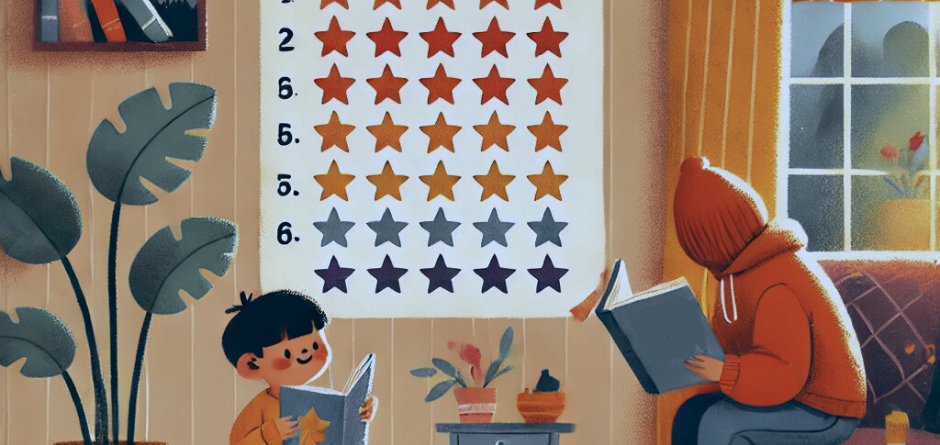
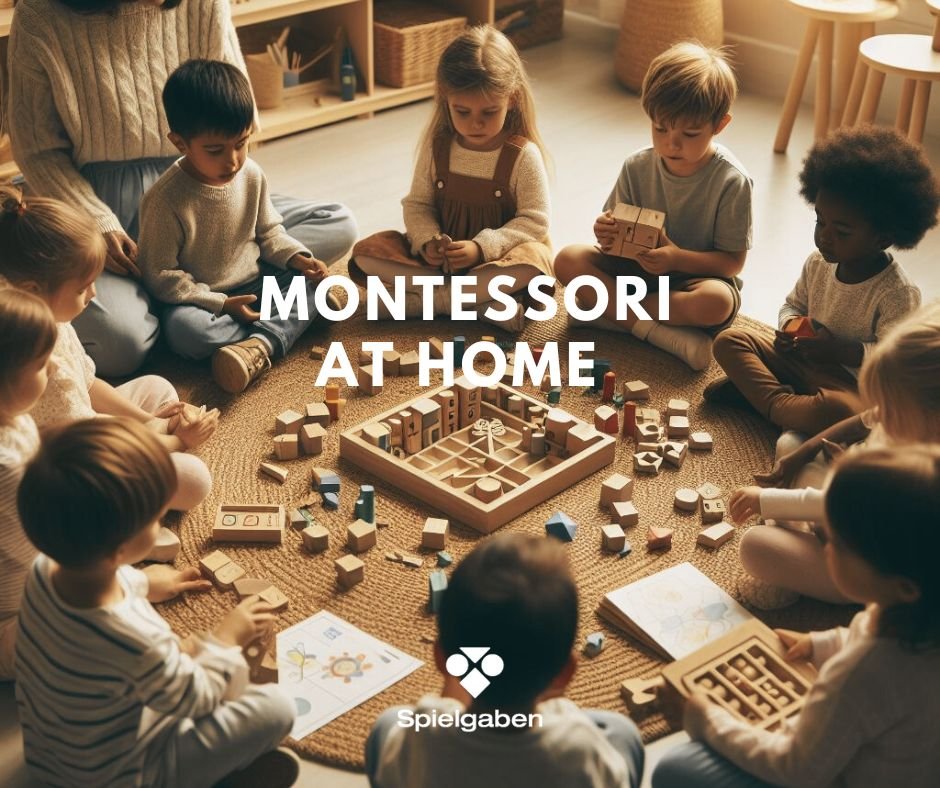
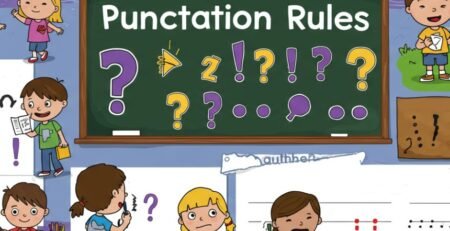

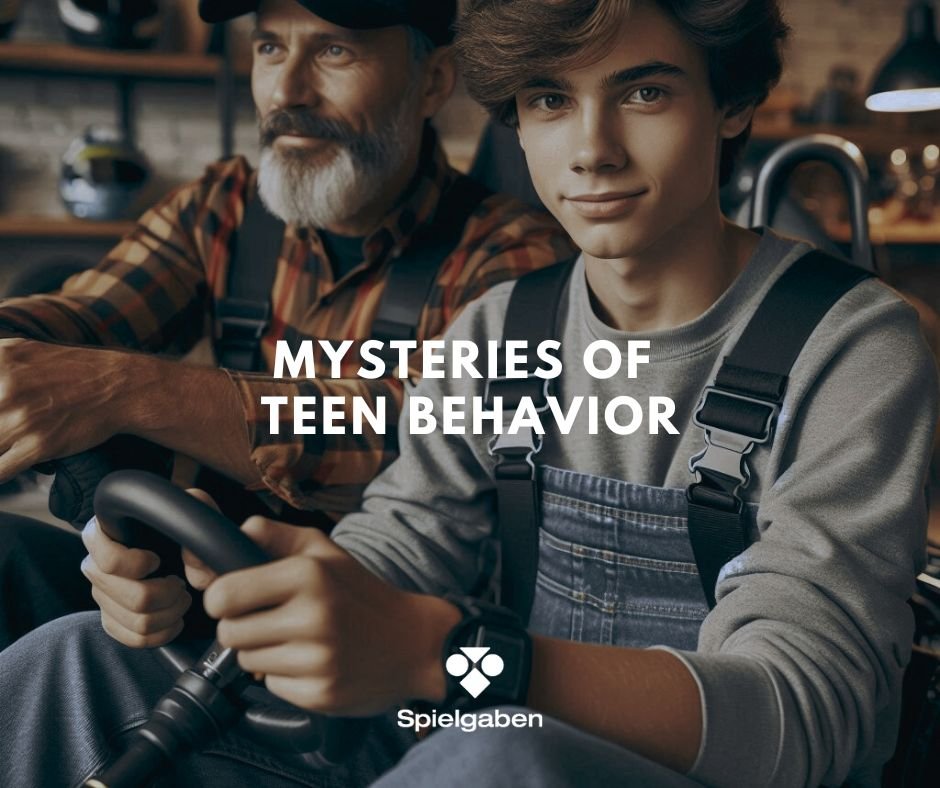

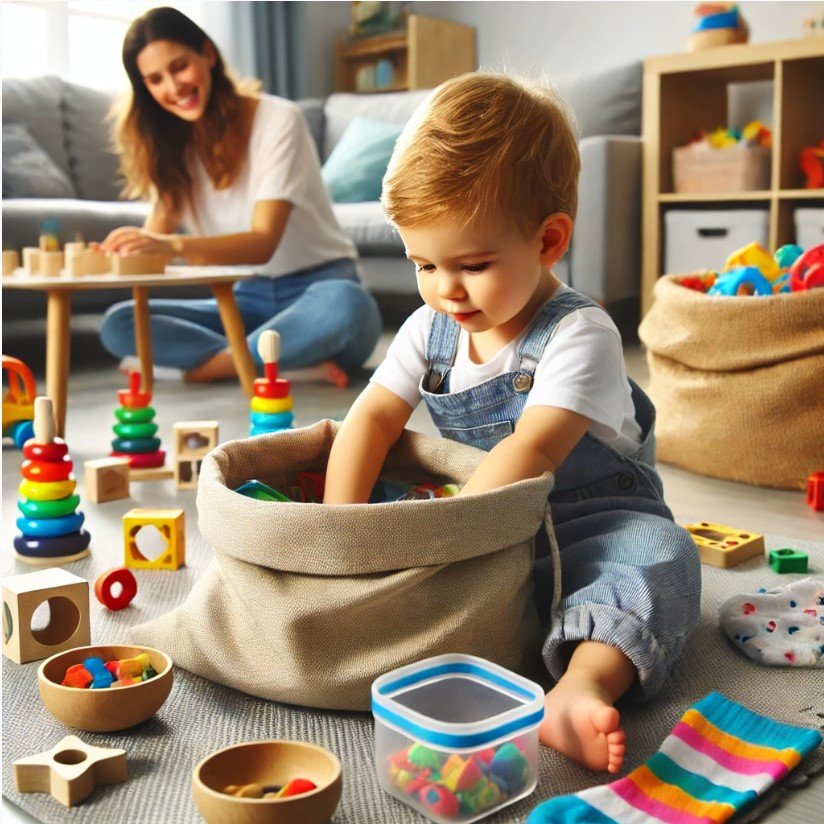

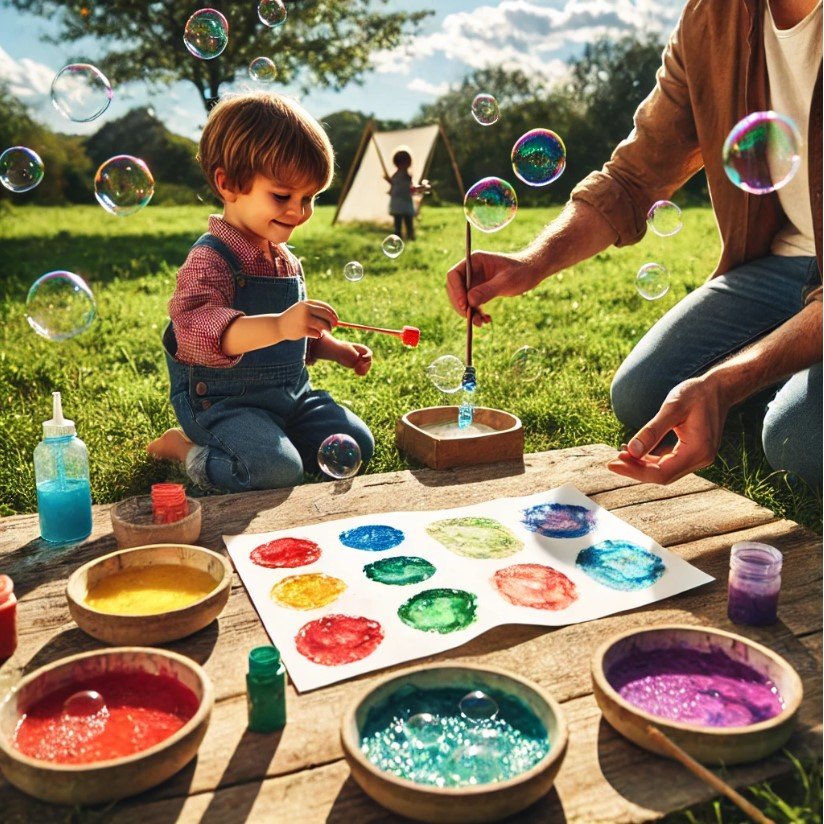
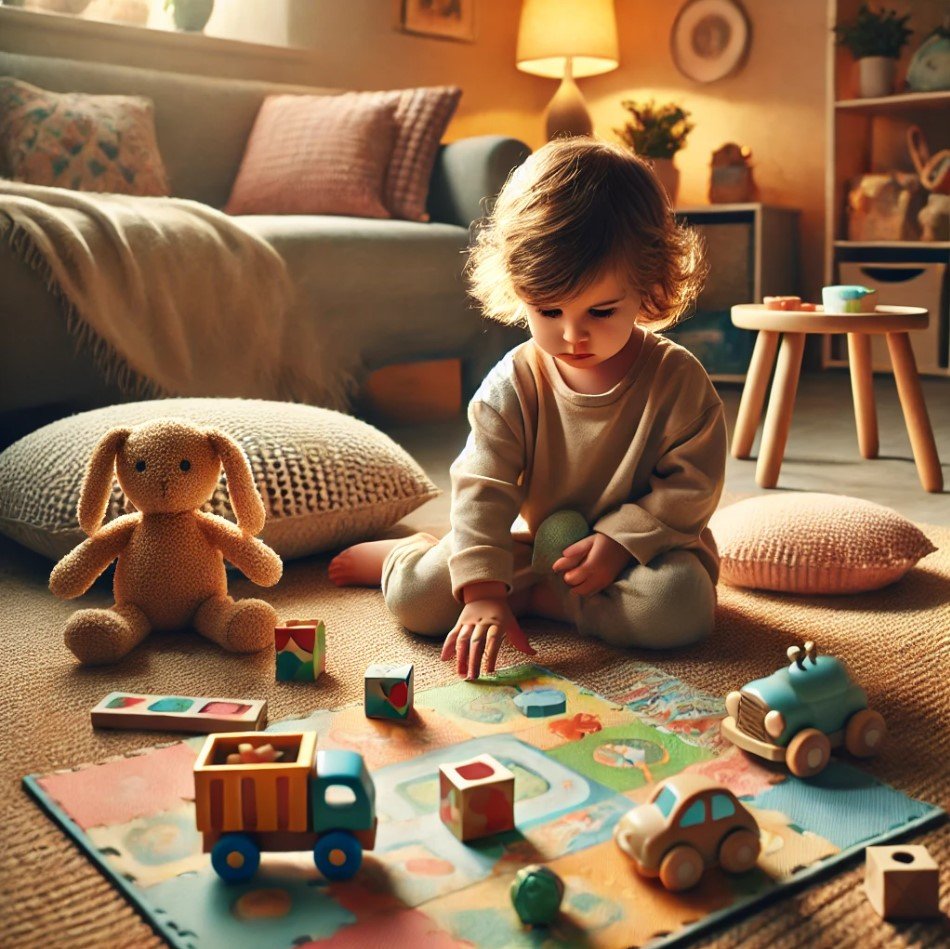


LEAVE A COMMENT